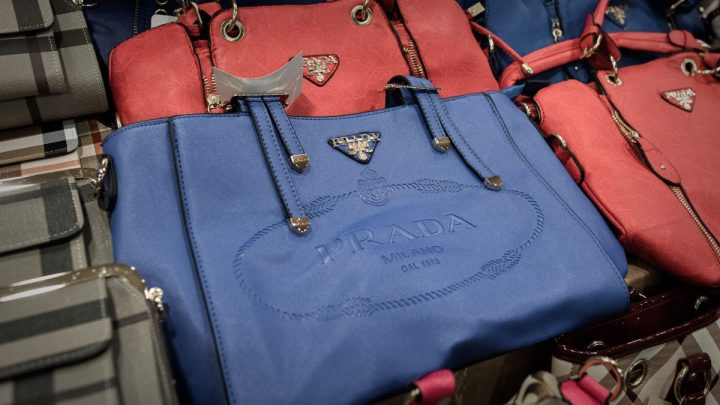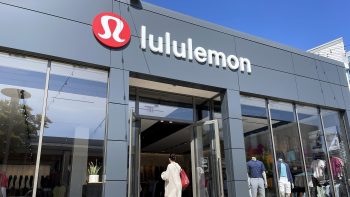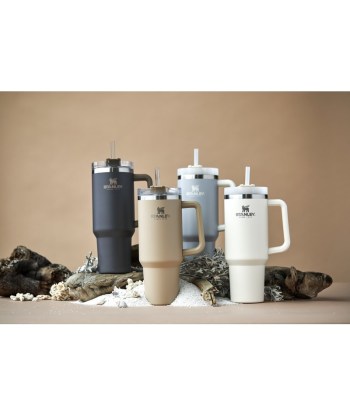
The search for the perfect “dupe” might be more valuable than the dupe itself
The search for the perfect “dupe” might be more valuable than the dupe itself

People who like to shop over social platforms like TikTok are probably familiar with the term (and hashtag) “dupe.” Short for “duplicate,” it describes a whole genre of items that are purportedly cheaper alternatives to name brand items, like UGG Boots or Lululemon leggings. But as the demand for dupes has grown, the market has gotten a lot wilder — and the journey to find dupes, more difficult.
“I sort of let myself fall down the dupe rabbit hole on TikTok,” said Sangeeta Singh-Kurtz, senior writer at The Cut and New York Magazine. “I happen to like this extremely expensive mirror from Anthropologie … I went dupe-hunting only to find that almost every dupe was sold out or when I actually researched the dupe, it looked like crap. This was about two hours of my life that I’ve never going to get back.”
Singh-Kurtz wrote about both her journey and the state of the dupe market. She spoke with “Marketplace” host Kai Ryssdal about the experience. The following is a transcript of their conversation.
Kai Ryssdal: I would like to begin by having you tell me the tale of your search for a dupe for a $1,600 mirror from Anthropologie.
Sangeeta Singh-Kurtz: Oh no, this is an embarrassing place to start.
Ryssdal: That’s why I picked it.
Singh-Kurtz: But happy to tell you. Yeah, so I sort of let myself fall down the dupe rabbit hole on TikTok. I happened to like this extremely expensive mirror from Anthropologie, and it kind of looks ridiculous in retrospect, like it was never going to look good. But I thought at the time, like, “Wow, you know, in these videos, I like the look of it.” So I went dupe-hunting only to find that almost every dupe was sold out, or when I left TikTok and actually researched the dupe, it looked like crap. This was about two hours of my life that I’ll never get back. And I was frustrated. And I found this influencer, who has millions of followers, and I bought a mirror from her Amazon storefront and it was garbage.
Ryssdal: Alright, so so we’re gonna leave that tale right there. We will come back to it, because I just can’t not. But let’s do a little ground truth here: Dupes are duplicates, right? Not counterfeits but duplicates of a given product?
Singh-Kurtz: You know, I would say that they they also include counterfeits and knockoffs. It’s sort of a Gen Z-destigmatized rebranding of fakes, but fake goods definitely fall under the dupe umbrella. The term sort of was born in the cosmetics world in the early 2000s. And if you look at old makeup forums, you’ll see the word “dupe” used how you just said it — you know, a duplicate. It looks similar to sold out or limited edition shades. The way that dupes moved into the sort of clothing, electronics and shoes world — when it did that, the definition changed and the basic money-saving definition sort of got lost. So now you see dupes that either barely save you money, or they’re more expensive than the original product, or they don’t even look like the original product. It’s gotten to the point where the logic of dupes has been sort of flipped on its head and people are spending more time and, in some cases, more money dupe-hunting than they would if they just bought the original.
Ryssdal: Okay, so now help me understand the idea of dupes and the world of influencers, like the woman whose mirror you bought.
Singh-Kurtz: Sure, yeah. So on TikTok — I don’t know how much time you spend on TikTok, but there is a sort of culture —
Ryssdal: Certainly not as much as many but anyway —
Singh-Kurtz: It’s probably for the best. But there’s sort of a culture of savviness. It’s not about buying something great; it’s not about saving money. It’s about going viral. And there’s a financial incentive for this. You know, Amazon has a really attractive affiliate program where influencers can direct their audiences to their Amazon storefront. And the influencer makes commission off of purchases, and most websites do this too.
Ryssdal: Tell me then, about the end of your search for the mirror.
Singh-Kurtz: Well, it was garbage. I returned it and I’m going back to the drawing board. I will not be taken in again by dupes, but I think at one point, when they were still sort of earnest product recommendations — and maybe this was a couple of years ago before it really exploded — I might have been able to find pretty good dupe of this particular mirror. But the way it is now, I was recommended something that, like, I stood in front of it and it looked like I was in a funhouse. It was barely even a mirror, so it was a hard lesson learned.
There’s a lot happening in the world. Through it all, Marketplace is here for you.
You rely on Marketplace to break down the world’s events and tell you how it affects you in a fact-based, approachable way. We rely on your financial support to keep making that possible.
Your donation today powers the independent journalism that you rely on. For just $5/month, you can help sustain Marketplace so we can keep reporting on the things that matter to you.

















